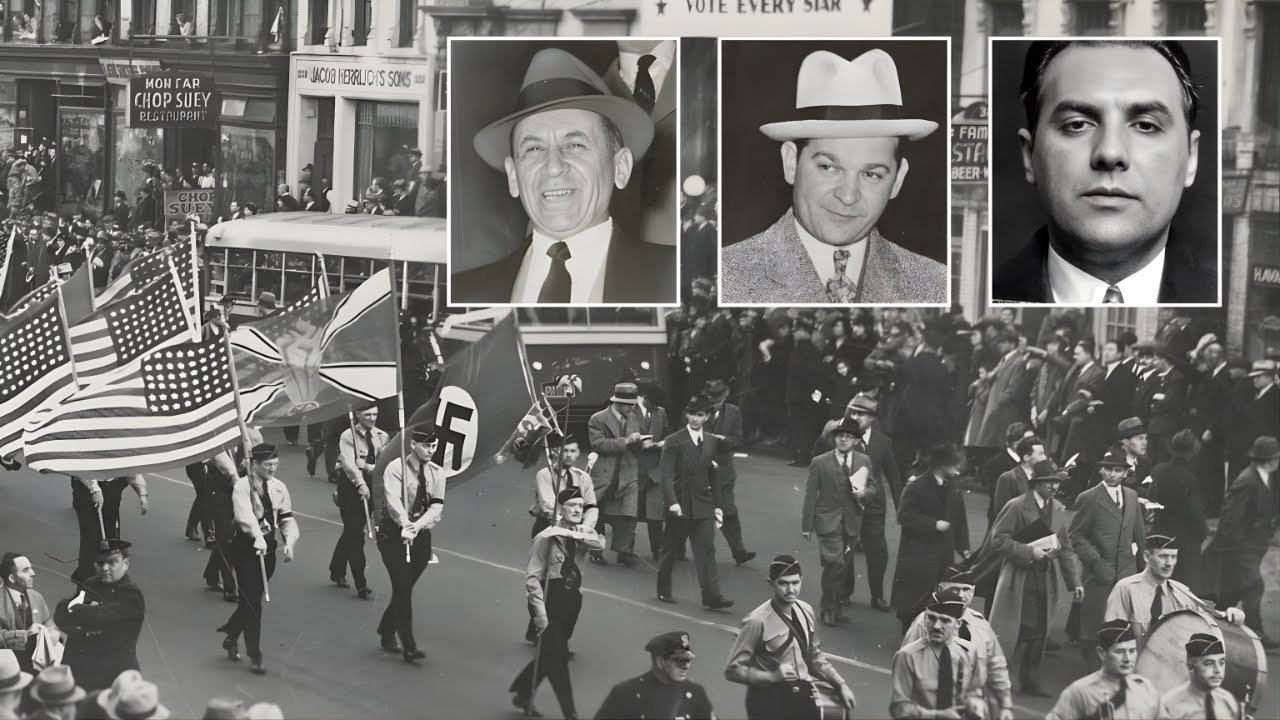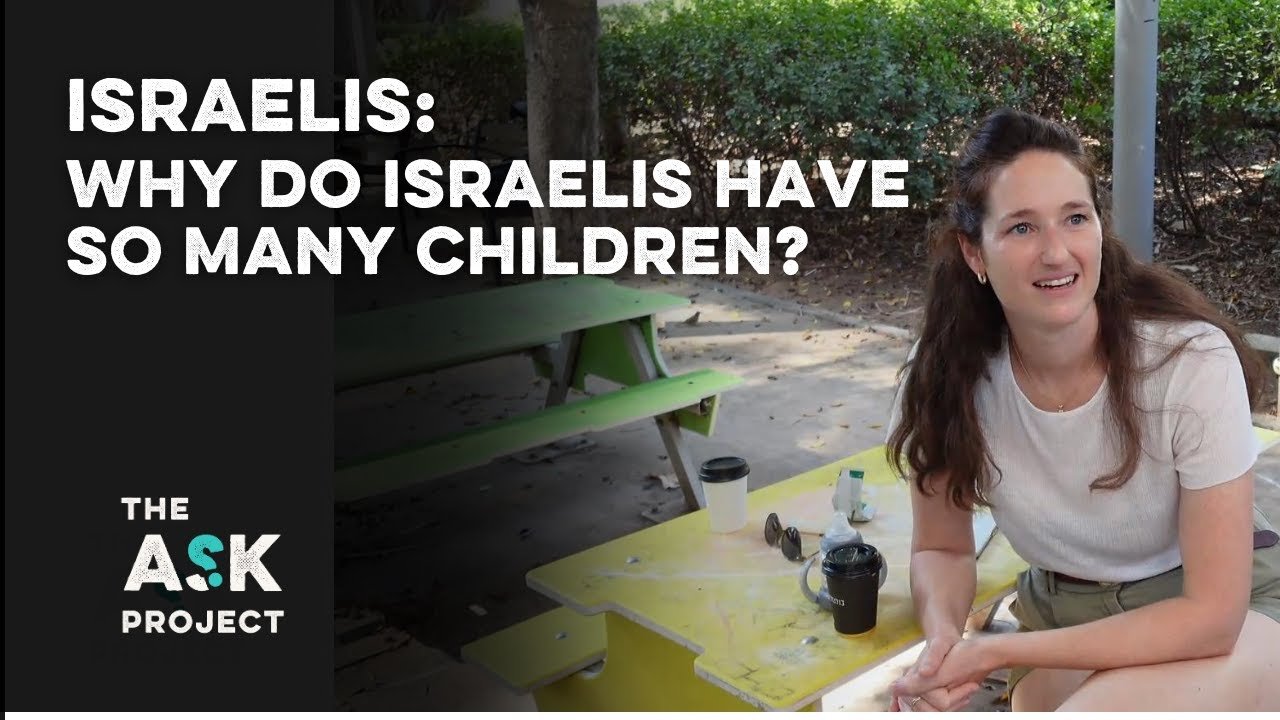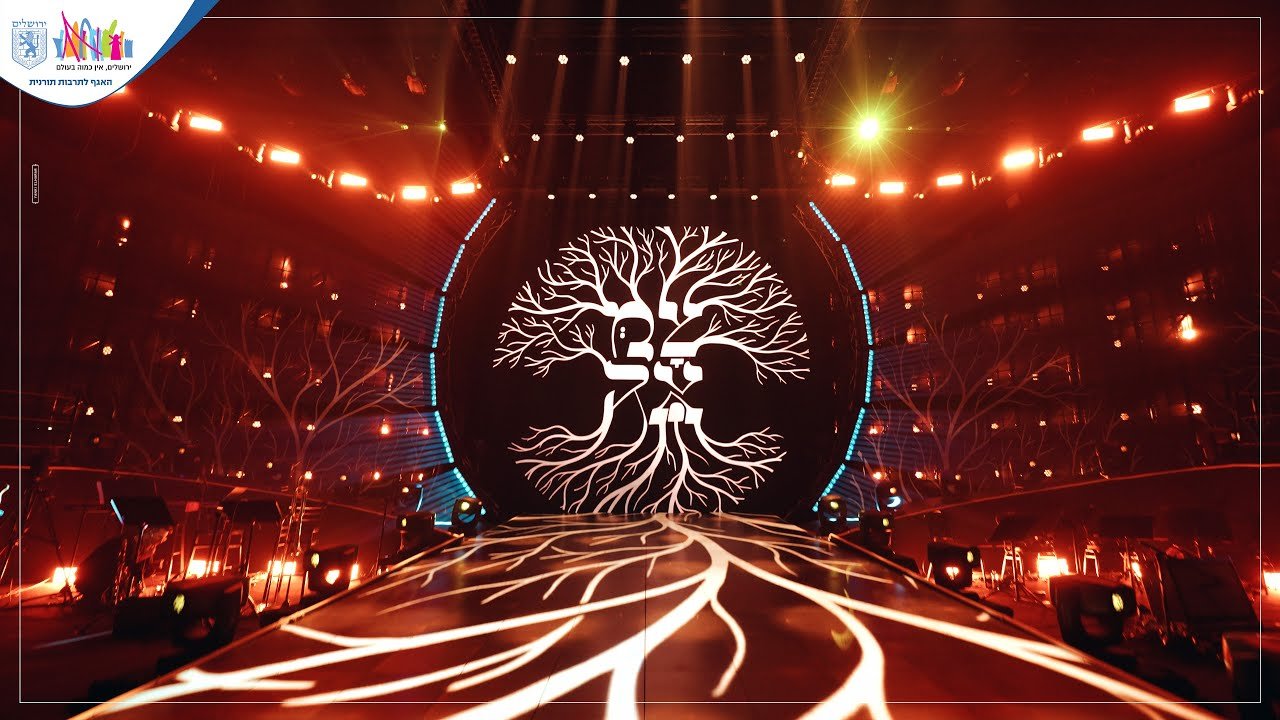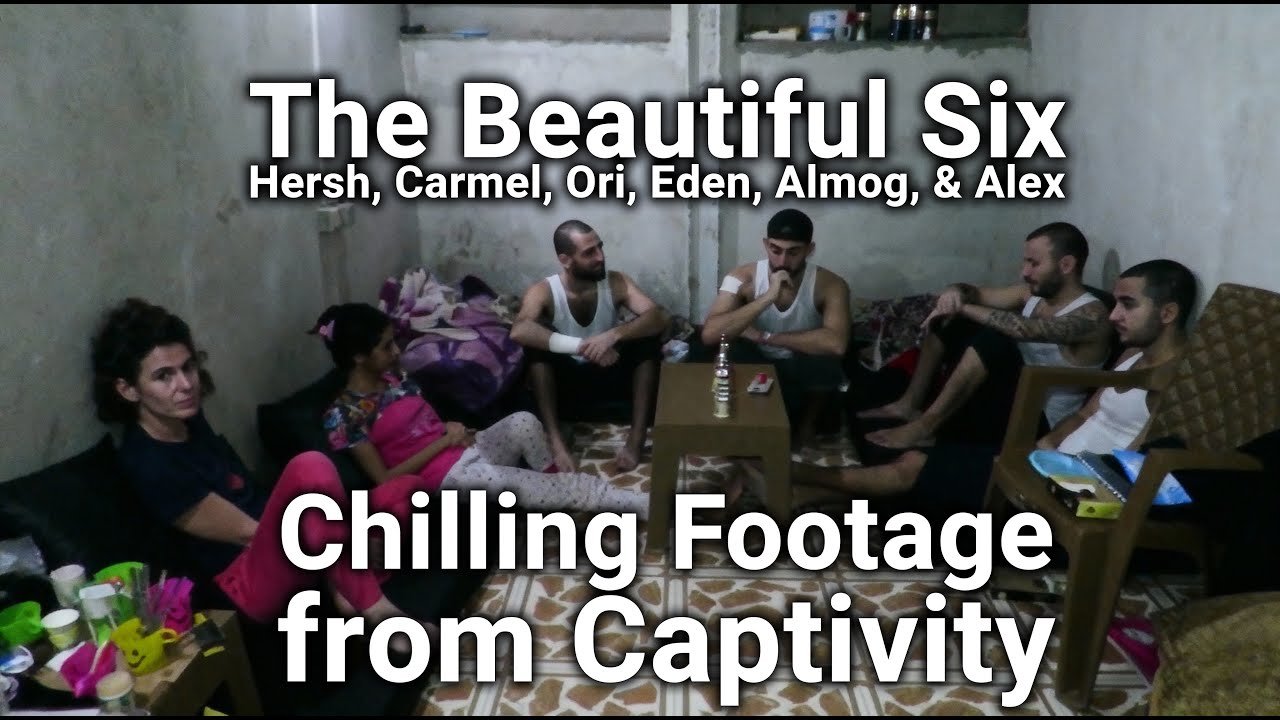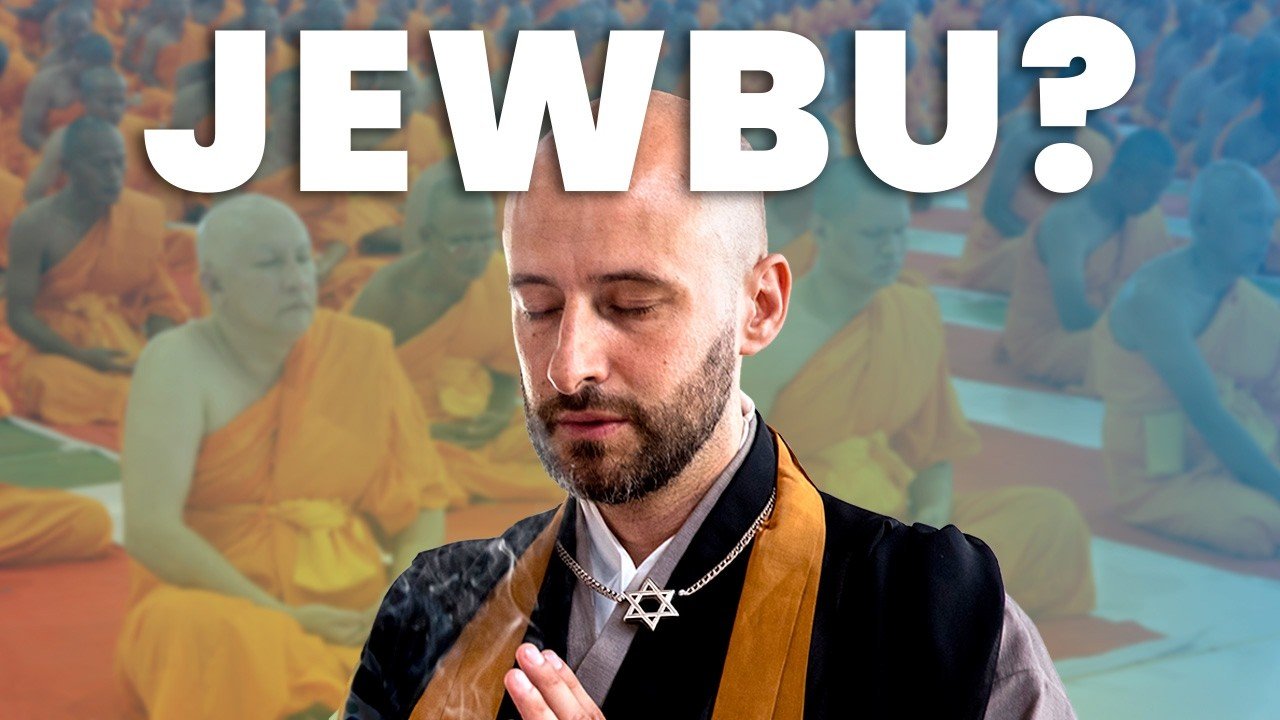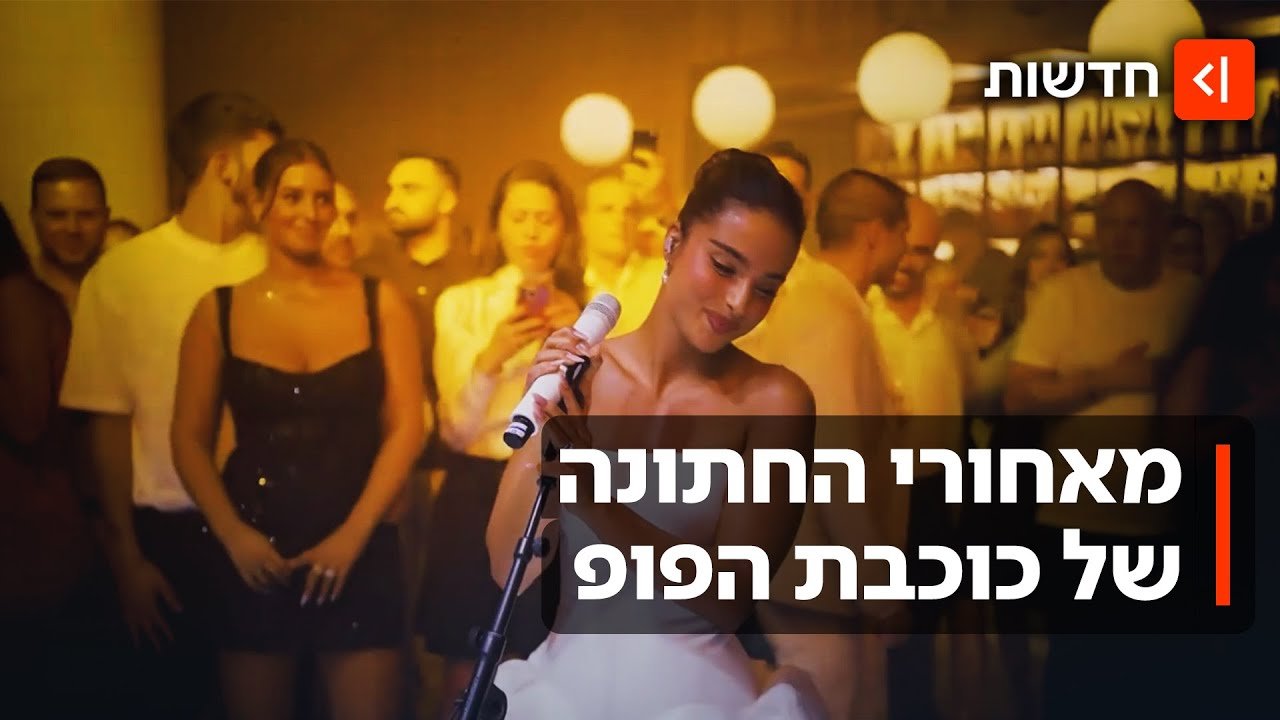Layers of Meaning: The Outfit of a Hasidic Jewish Bride
On her wedding day, a Hasidic Jewish bride wears more than just an elegant gown—she wears centuries of tradition, symbolism, and spiritual significance. Her appearance is not simply about beauty, but about modesty, identity, and sacred transformation. Each part of her outfit is carefully chosen, reflecting both religious values and community customs that guide this momentous rite of passage.
The most prominent part of the bride’s ensemble is her wedding gown, typically long, full, and richly adorned. The dress is almost always white, a color signifying purity and new beginnings. It often features intricate beading, lacework, and embroidery—but always within strict modesty guidelines. The gown must cover her body from her collarbone to below the elbows, and no part of her back may be exposed. There are no cutouts, plunging necklines, or bare shoulders. This level of coverage isn’t just tradition—it aligns with tzniut, the Jewish principle of modesty, especially important at sacred life events.
Her hair may be styled in an elegant updo or left flowing, and over it, she wears a delicate tiara—a sparkling crown that emphasizes the beauty and dignity of the occasion. Draped over the tiara is a sheer veil, a nod to ancient customs and symbolic modesty. The bride typically also wears makeup and her finest jewelry, much of it gifted by her fiancé’s family in anticipation of the union.
At the beginning of the wedding, there is a striking moment when the bride sits on a special chair—almost throne-like—in a central place, dressed in all white. This is part of the traditional badeken ceremony. One by one, the groom, his father, and other male relatives come to see her. The groom then performs a ritual where he covers her face with an opaque veil, sometimes elaborately decorated with studs and jewels. This moment connects back to the biblical story of Jacob and Rachel, and serves to emphasize the inner qualities of the bride rather than outward appearances.
After the badeken, the guests move into another area for the chuppah (also pronounced “hoopa”) ceremony—where the couple is formally married under Jewish law. Since her face is now covered by a heavy veil, the bride must be led to the canopy by her mother and future mother-in-law. Beneath the chuppah, the groom places a ring on the bride’s finger—he receives no ring in return. This minimalist exchange is a reminder of the solemn, spiritual commitment being made.
Following the ceremony, her veil is lifted, and with that, she crosses a significant boundary: she is now a married woman. In Hasidic tradition, this means she must begin covering her hair. This is a deeply meaningful act that signals marital status and adherence to modesty laws. She is ushered into a private space where her head is covered either with a wig (sheitel) or, if she follows stricter customs, a white turban-style wrap known as a ropindon. This transition marks one of the most personal changes in her appearance and identity.
The rest of the evening is filled with celebration: spirited dancing, poetic blessings, and community joy. The bride, still in her wedding gown and tiara, now with her head covered, continues to celebrate late into the night. The event culminates in the mitzvah tantz—a special and singular public dance shared between bride and groom. It is the only time they will dance together in front of others, a powerful moment that blends reverence, joy, and spiritual elevation.
In every stitch and sparkle, the Hasidic bride’s outfit reflects more than style—it embodies faith, family, and the sacred continuity of Jewish life.



